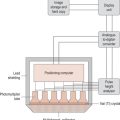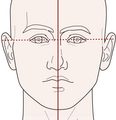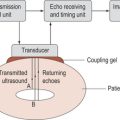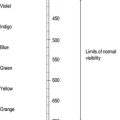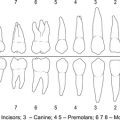Q
quadriceps large four-part extensor muscle of the thigh, comprises the rectus femoris, vastus medialis, vastus lateralis and vastus intermedius.
quadriparesis weakness of all four limbs.
quadriplegia (tetraplegia) paralysis when all four limbs are affected.
qualitative relating to quality.
qualitative research research study based on observation and/or interviews to ascertain people’s opinions, feelings or beliefs. Non-statistical methods often used in analysis. See also quantitative research.
qualitative tests tests which measure ‘soft data’ – feelings, opinions etc.
quality adjusted life years (QALYs) measure of years of life gained through a health intervention adjusted for the quality of life. For example, if an intervention prolongs life by 5 years, but at only half the quality of normal life, this produces 2.5 QALYs.
quality assurance systematic monitoring and evaluation of agreed levels of service provision which are followed by modifications in the light of the evaluation and/or audit. A process to evaluate whether system or service is being provided to a consistent standard. See also benchmarking, clinical audit, performance indicators.
quality audit the review of a quality system by recording and documenting the results.
quality circles an initiative to improve the quality of care in a specific area. The health professionals in a clinical area investigate a healthcare intervention systematically and relate it to good standards of practice.
quality control the checking of performance on a regular basis to ensure consistency of results.
quality correction cycle the identification of a problem and the steps taken to rectify the fault and prevent it happening again.
quality index an index used for comparison purposes in radiotherapy which is defined as: in a 10 ÷ 10cm2 field at a 100-cm source-chamber distance where the ionization measured at a depth of 20cm is divided by the ionization measured at a depth of 10cm at the same source-chamber distance.
quality management the steps taken to ensure constant performance; they will include protocols for safe working, monitoring and checking.
quality of life (QoL) is a patient-centred subjective outcome measure to complement clinical outcomes. Usually measures the presence or absence of symptoms (e.g. pain), side-effects of treatment (e.g. tiredness, loss of hair), feelings of well-being, impact on income, family, work and social life.
quality of radiation is dependent of the kV used, the higher the kV the more penetrating the beam, but when the kV is sufficient to penetrate the body part any further increase decreases the difference in intensity of the emerging beam and therefore decreases the subject contrast.
quality policy a set of written principles stating how people should act to provide consistent performance.
quality standard a statement or target indicating the level of performance required by teams and individuals.
quality system the management and organizational structures which underpin a high standard of working practice.
quantitative relating to quantity.
quantitative research research study based on the measurement and analysis of observations using statistical methods. See also qualitative research.
quantitative tests measure actual, numerical results.
quantum conversion efficiency the percentage of X-rays (quanta) falling on a phosphor which are changed to light photons.
quantum detection efficiency the percentage of X-rays (quanta) falling on a phosphor which are stopped by the phosphor.
quantum mottle uneven density on a film due to the random distribution of image-forming X-ray quanta producing a non-uniform light emission from intensifying screens.


